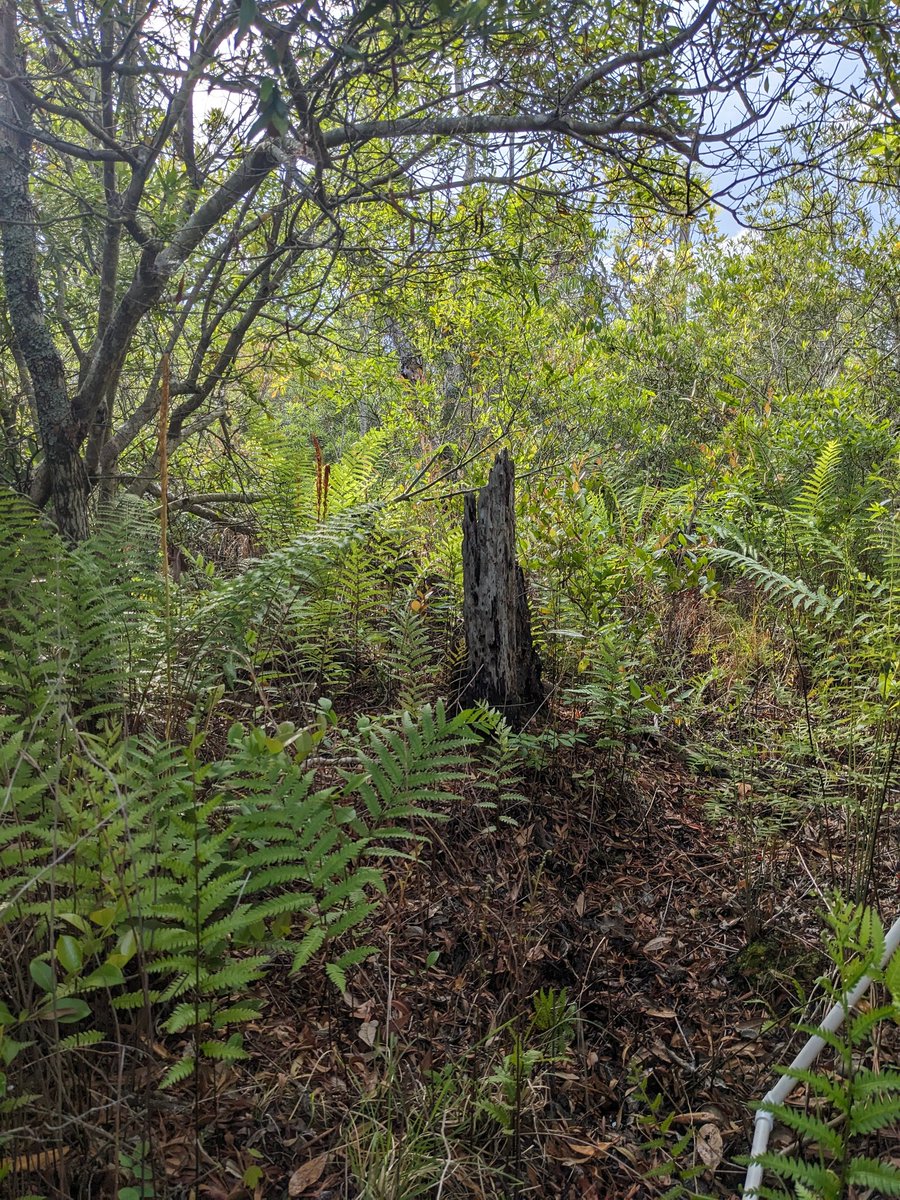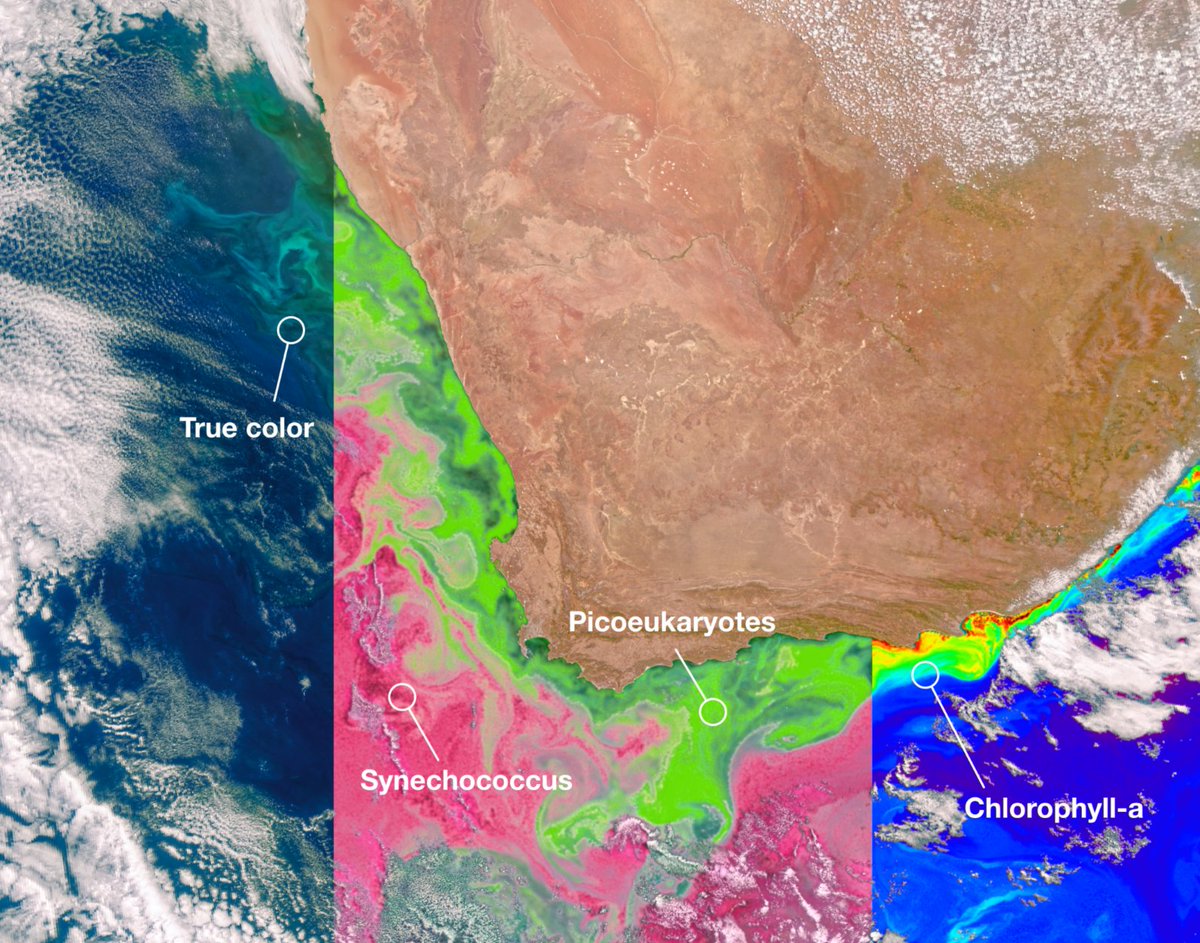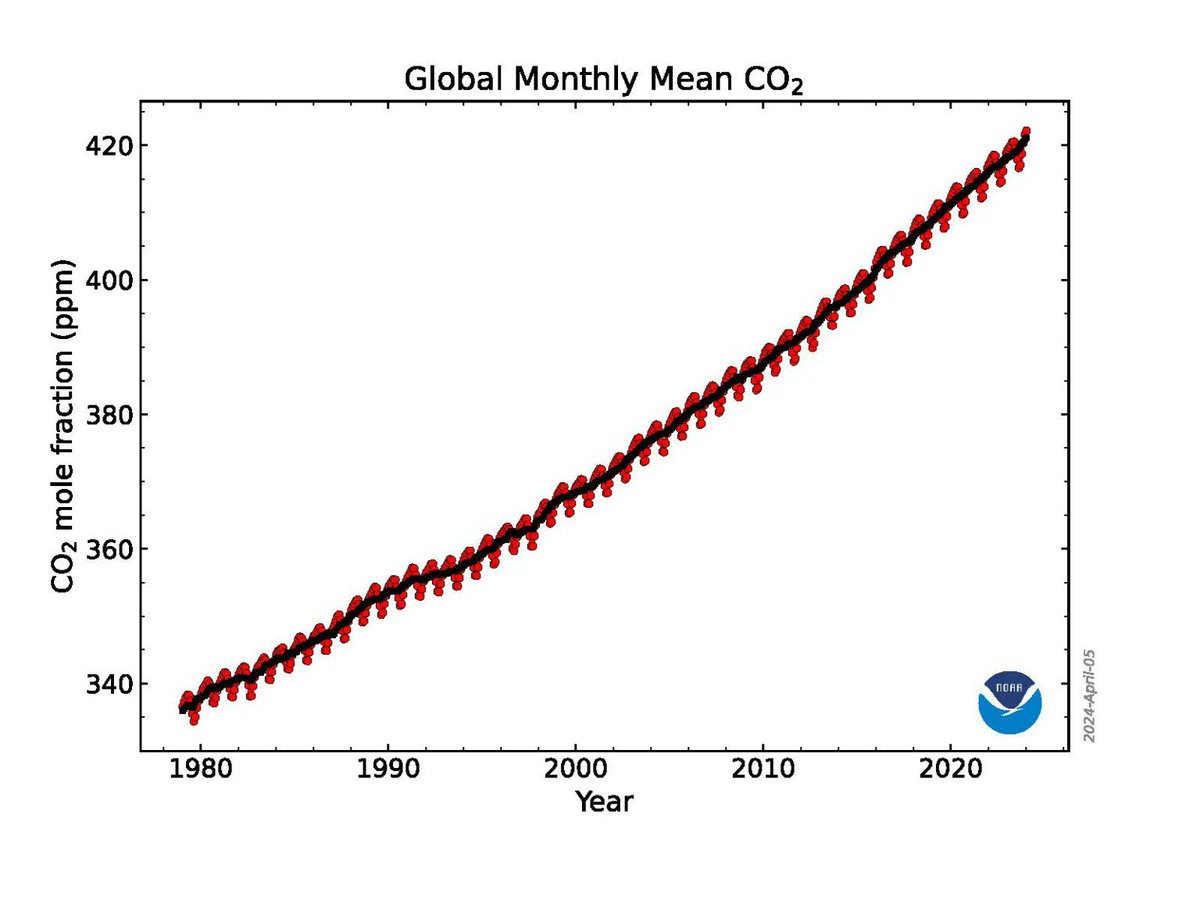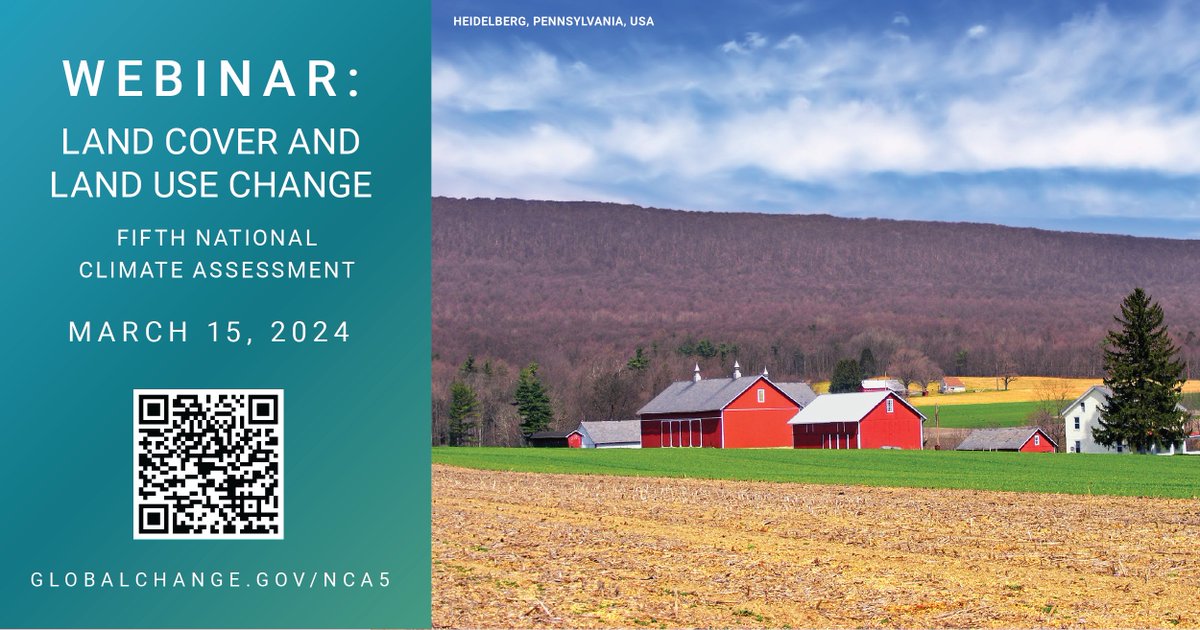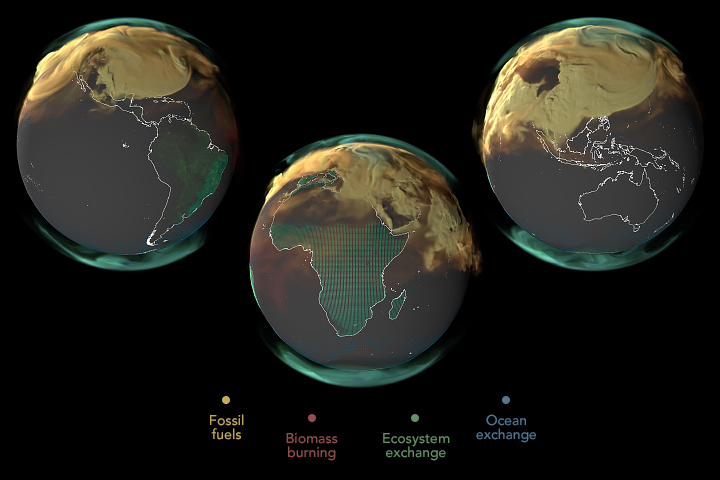
Benjamin Poulter
@carBenPoulter
Carbon cycle-climate scientist, avid listener, believer that one should “follow” as much as be “followed”, views my own. Also perpetual novice birder.
ID:1693638312
https://science.gsfc.nasa.gov/sci/bio/benjamin.poulter 23-08-2013 12:08:55
1,8K Tweets
4,3K Followers
3,7K Following

UNC-Chapel Hill geography unc And if course it wouldn't have been possible if Benjamin Poulter didn't answer a random email from a grad student 10 years ago asking for his data. Let this thread serve as a reminder of how critical data management is for long term investigating of things like climate change.



Semester is over so I'm back in the field with my grad student Harrison. He's sampling some veg plots that were originally set up by Benjamin Poulter in 2003. That orange rebar is mostly gone, but hanging on in a few plots



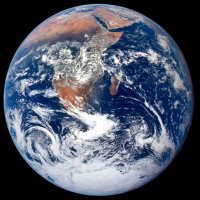

Learn more about how intensity and frequency of rainfall affects terrestrial ecosystem producitivity by Andrew Feldman review & what is expected in future -> webhost.essic.umd.edu/april-showers-…

🚨New Review
Andrew Feldman, Andrew Felton, Alan Knapp, Benjamin Poulter et al discuss plant responses to fewer but larger rain events
TL;DR: productivity typically increases in dry ecosystems but decreases in wet ecosystems
nature.com/articles/s4301…… (rdcu.be/dEeSK)
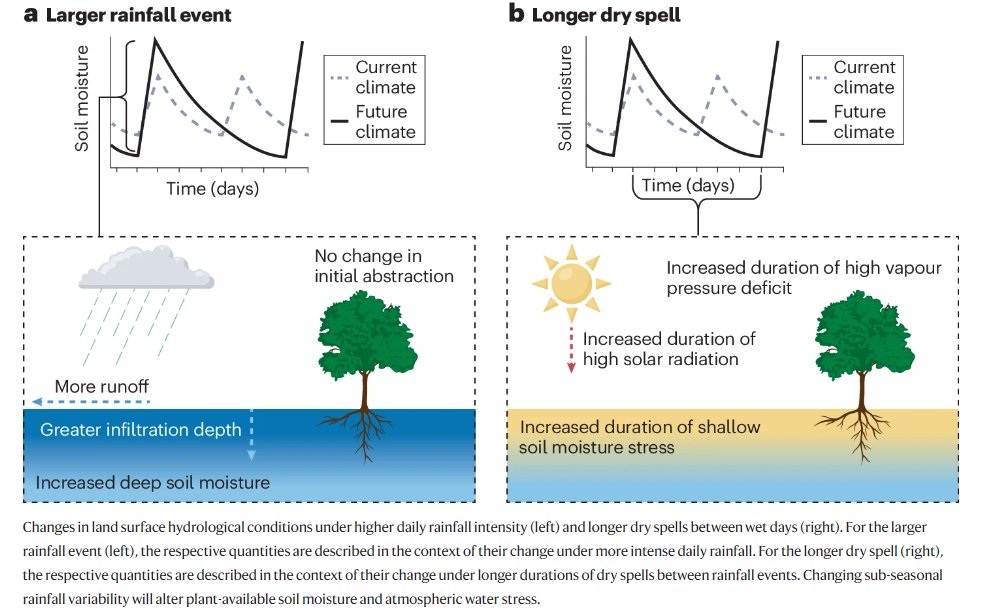
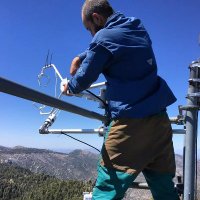
📢📢 New ways to get involved in the NASA Earth #ARID scoping study posted to the updated website: aridscoping.arizona.edu/get-involved. Continued input from the broader scientific, stakeholder, and govt. agency community is critical as we together assemble the first draft of the report📢📢
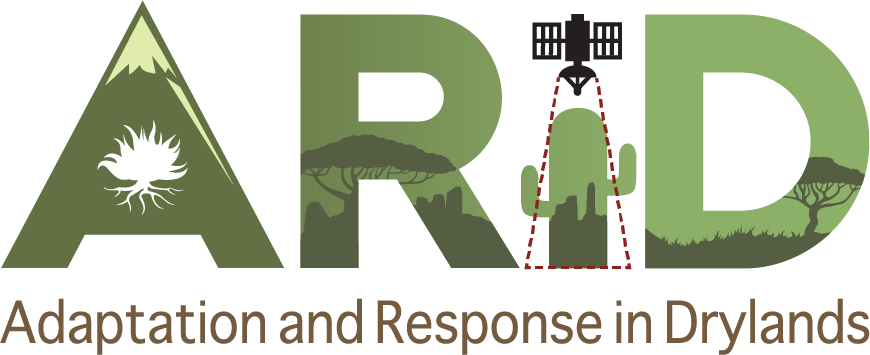

1/3
The African GHG Budget published, led by yolandi ernst
agupubs.onlinelibrary.wiley.com/doi/10.1029/20…
The African continent is now estimated to be a net carbon source to the atmosphere from both its land systems (e.g., savannas, forests) and human activities (e.g., use of combustion fuels).
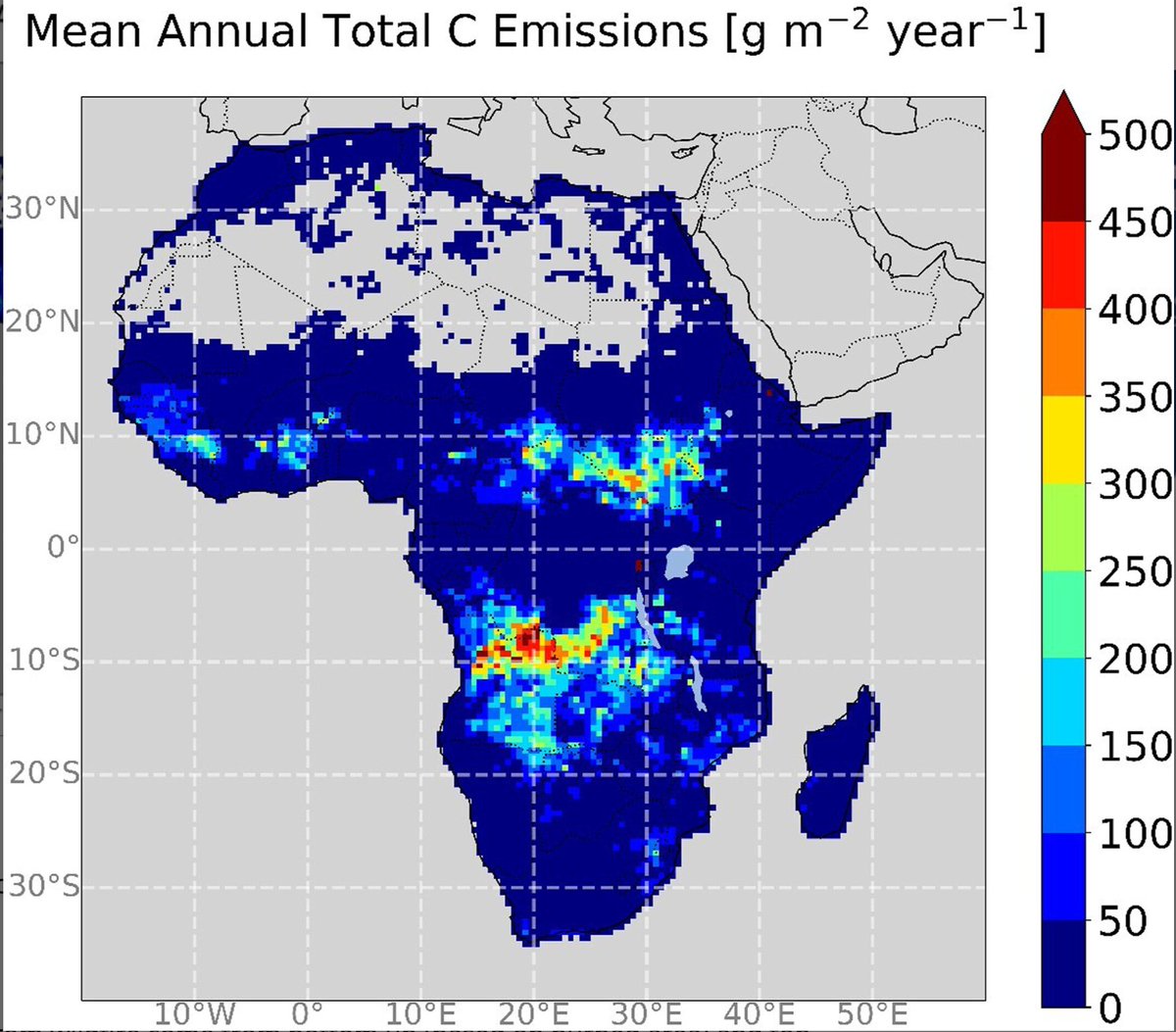



Now fully published, online and open access: agupubs.onlinelibrary.wiley.com/doi/10.1029/20…
We show that the permafrost region might be a net GHG source to the atmosphere when CO2, CH4 and N2O fluxes as well as key ecosystems (land, lake, river) and disturbances are considered. Woodwell Arctic
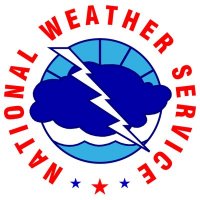

Congrats yolandi ernst and the #RECCAP2 Africa team - a massive and impactful accomplishment - RECCAP2 chapters can be found in AGU (American Geophysical Union) special collection agupubs.onlinelibrary.wiley.com/doi/toc/10.100…

The African regional GHG budget for 2010-2019 ( #RECCAP2 ). Fossil fuels and land use change contributing the most to increasing emissions that now exceeds the sink capacity. agupubs.onlinelibrary.wiley.com/doi/10.1029/20…
Wits University Global Change Institute Wits_News Sally Archibald Philippe.ciais



